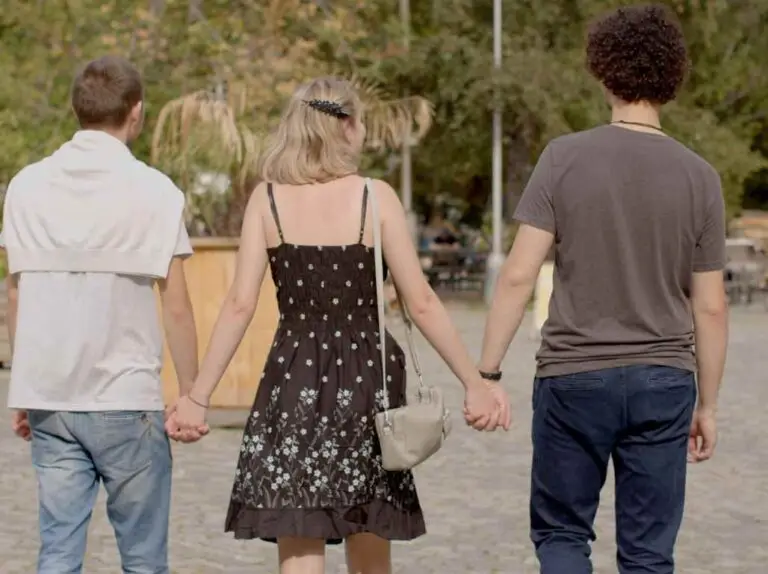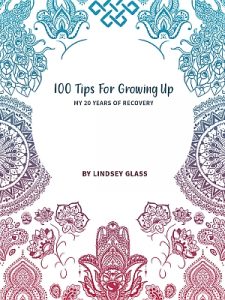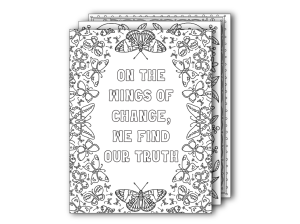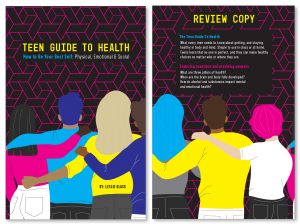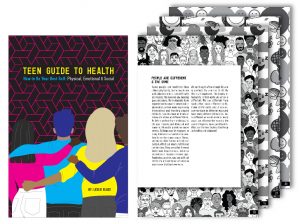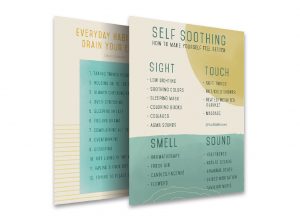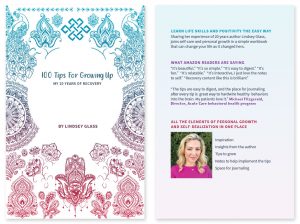Relationship Alternatives These Days Includes Poly Dating
Have you heard of poly dating? What is it and who wants it? For generations, society has prescribed quite a narrow path when it comes to love life. Now we live in a world where there’s a quiet revolution underway. Naturally, it’s because the internet is telling those stories, making us all feel that we’re not alone, whether we are trying to get back into the dating game after a long hiatus or divorce, or we need to find a partner to make us feel more complete in our lives.
Now We can Choose Who We Date
The fact is, the traditional model left very little room when it comes to individual desires or alternative expressions of intimacy. It was always the same: find a husband, get married, raise children. But now we’re all slowly rejecting rigid expectations in favor of something that prioritizes what we want. We live in a world where autonomy, consent, and, of course, personal fulfillment become our priority, not left for someone else to fill in our gaps, as it were.
The shift towards non-traditional relationships represents more than just some changes in dating, but it’s a fundamental reimagining of how women experience love and partnership. There’s polyamory, LAT (living apart together) arrangements, and so much more that share common threads, placing a woman’s agency at the center of their romantic life.
What Is Poly Dating
To understand why so many women are seeking poly dating options or other alternatives, we need to examine the shortcomings of the conventional romantic structure. The traditional relationship presents a very linear progression, from dating to marriage to children. They carry an unspoken assumption that often disadvantages both sides of the equation, men and women. At its core, the monogamous marital model assumes that one person should meet all of the other’s emotional, sexual, and practical needs.
This is not just a cumbersome burden, but an impossible one. This is particularly true for women, who are typically expected to serve as the primary caregiver, when in fact men can take on the mantle of primary caregiver while the woman goes out to work. But women who want to maintain careers and personal identities can find themselves stifled.
This nuclear family structure is not relevant in the modern day for various reasons, whether it’s the cost of living or the fact that we’ve lived in a society that stifles independence, not just for women but for those from any marginalized background.
Perhaps more significantly, traditional relationships often operate on the principles of ownership rather than partnership. Look at the language: we belong to someone, and this comes with expectations of exclusivity, which can then go to reinforce notions of control, which can be seen as a very patriarchal thing. However, that’s not to say that control is exclusively male-dominated, because there are many from both sexes that are capable of the different types of abuse, from psychological to emotional gaslighting and so on.
The fact is, women find themselves navigating relationships where autonomy diminishes over time. These issues explain why an increasing number of women report feeling constrained by conventional relationships. A survey by the Pew Research Center found adults living without a romantic partner has gone down in recent years. This dissatisfaction is driving exploration of alternative relationship structures that promise greater flexibility, but also self-determination.
Poly Dating Is Polyamory
Among the various non-traditional relationship models gaining traction, polyamory has emerged as particularly appealing to women seeking connection and that all-important notion of autonomy.
Unlike casual non-monogamy, polyamory emphasizes the possibility of multiple loving, committed relationships at the same time, with the full knowledge and consent of everyone involved. This offers several distinct advantages.
It can distribute that emotional labor across multiple partners, rather than concentrating it on one person. This division prevents overwhelm, particularly in the face of unrealistic expectations that can be placed on a traditional relationship. Secondly, polyamory rejects the scarcity mindset that underpinned traditional romance. By recognizing that the heart wants what it wants and can expand to include multiple people, polyamory allows women to explore connections as they arise, without the artificial constraints, which proves liberating for those who felt forced to choose between different aspects of themselves in monogamous relationships.
Perhaps most importantly, polyamorous relationships require ongoing negotiation of boundaries and expectations. Where traditional relationships often rely on unspoken assumptions, polyamory demands clear communication about needs, desires, and limitations, which naturally centers on a woman’s voice in shaping the relationship’s terms, flying in the face of power dynamics that come with conventional partnerships.
Of course, polyamory comes with challenges, including societal stigma and misconceptions, not to mention the practicalities of managing multiple relationships, which require strong organizational skills and emotional intelligence.
Living Apart Together
Another model gaining popularity is living apart together (LAT), where committed couples maintain separate homes by choice, rejecting the assumption that true love demands cohabitation.
LAT relationships offer several advantages, not only preventing the unequal division of domestic labor that’s persistent in traditional marriages. It’s a way to preserve personal space and alone time, which many of us are now reporting as crucial for our mental health. Perhaps more significantly, they allow relationships to develop based on love and desire, rather than finances or logistics.
The LAT model has been particularly popular among women over 40 who have already experienced traditional marriages and found them greatly lacking. After years of compromising on living styles, décor, and routines, many discover that maintaining separate homes strengthens their romantic connection and increases self-assurance, without the frictions that come with cohabitation, meaning that time together is treasured.
Perhaps more interestingly, LAT relationships challenge the gendered assumptions about commitment. It becomes a way to preserve the relationship’s vitality by honoring individual needs and changing our attitudes about understanding the concept of eternal or long-lasting love.
Asexual and Queer Platonic Partnership
Going beyond structures that renegotiate exclusivity in a sexual way, some women are exploring asexual relationships and queer platonic partnerships (QPPs). These arrangements pull apart romance and sex, creating space for deep connection without intimacy.
The fact is that not everybody’s interested in sexual relationships, and these models provide validation that is entitled to desirability, that their worth is actually more about close and committed friendships that offer emotional security without romantic expectation, which expands our understanding of what a meaningful relationship actually means.
How Poly Dating Came About
Several developments in society have made this possible. Of course, there’s digital technology and apps that are creating spaces for non-traditional relationship seekers, but there’s also broader cultural conversations about gender equality, which have made women more aware of how traditional relationships may disadvantage them.
Perhaps most importantly, the destigmatization of divorce and singlehood has given everybody permission to leave unsatisfying relationships; previous generations may have stayed in unhappy marriages, but modern women are increasingly choosing to seek alternatives that align with their values.
Despite these changes, we all still face obstacles, but what unites all of these approaches is the importance of choice. Whatever we select, whether it’s LAT, polyamory, solo living, or another model entirely, what matters is that the decision reflects their or their partner’s techniques, not what society expects.
Perhaps in the modern world, the most revolutionary act could be to simply ask ourselves, “What do I want?” It’s a big question, and when we have the answer, we then need the courage to build on it. The future in terms of the romantic landscape is not about the traditional models, where commitment and freedom aren’t opposites but actually complement each other. The goal should be about a healthy connection, so perhaps we need to start thinking beyond what we’ve been told is the norm and reclaim romance, but on our own terms.
More Relationship Articles To Read
3 Mistakes Women Make In Relationships
Setting Healthy Boundaries In Relationships
Why Women Stay In Abusive Relationships
Tips To Heal From An Abusive Relationship

